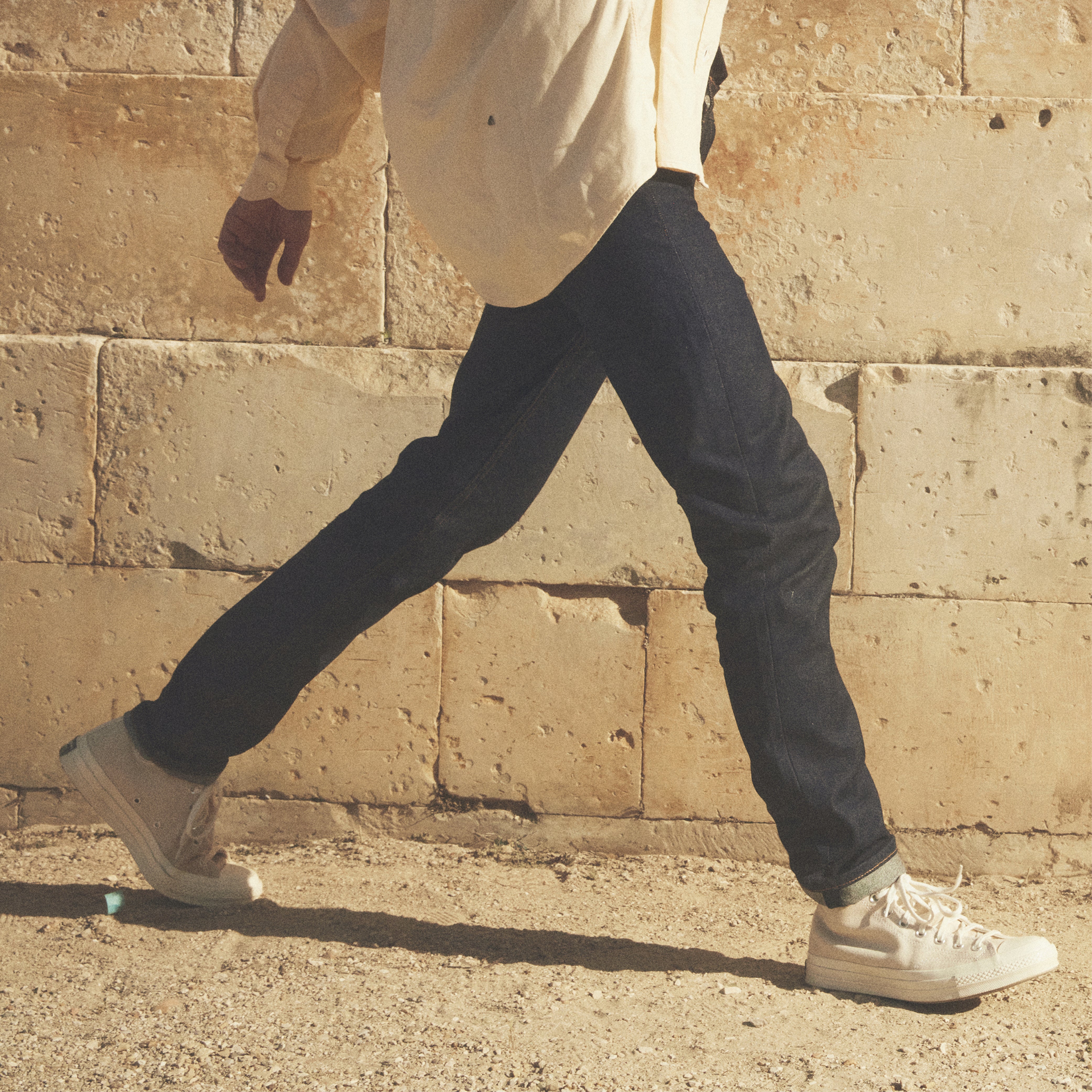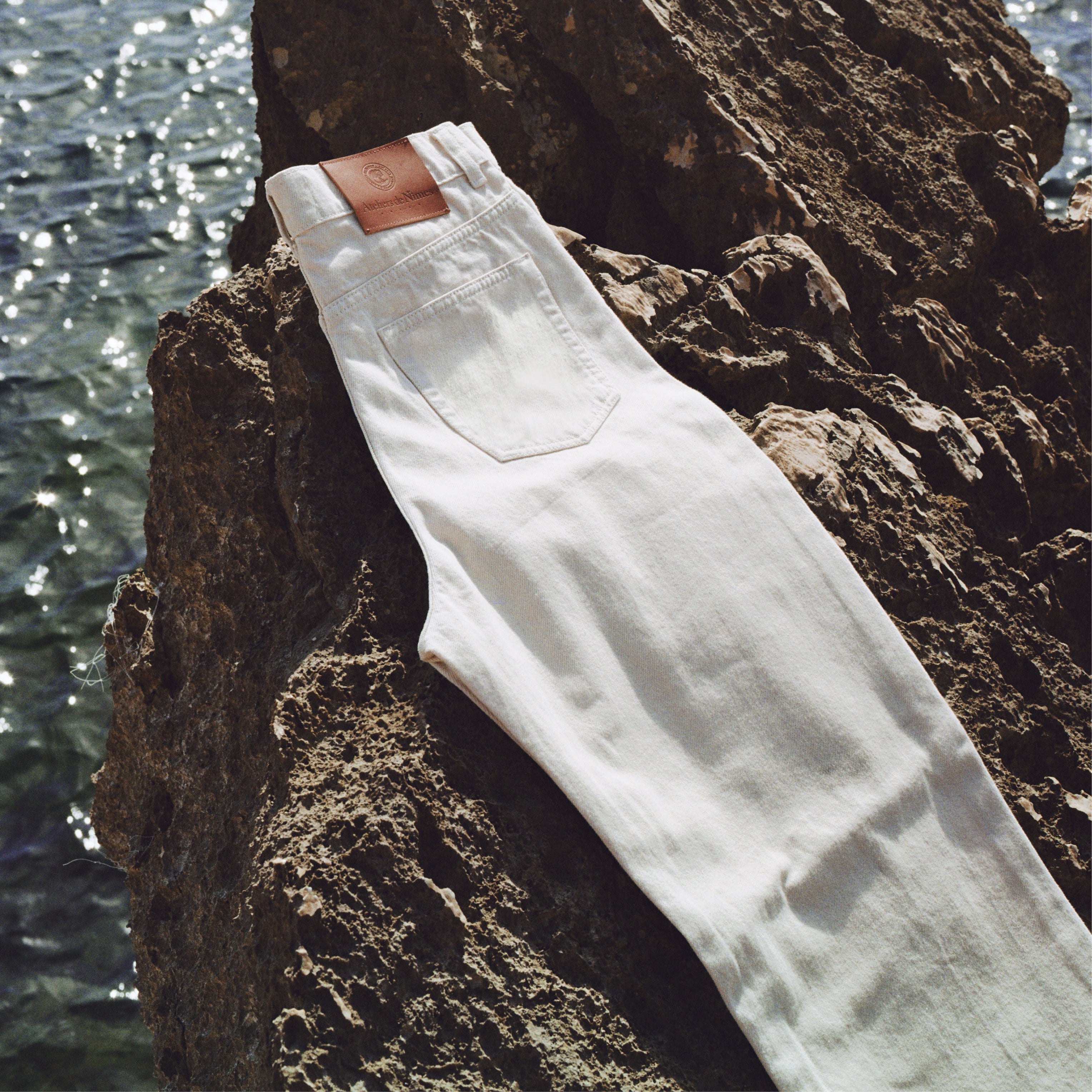
Selvedge fabric: is it a guarantee of better quality jeans? Deconstructing a myth.
It's a name you've probably seen or heard. Many blogs or brands swear by Selvedge, this fabric recognizable by the colored border on its edges or on the back of jeans. A weave made on a shuttle loom. In recent years this fabric has even become a marketing argument with even fast fashion brands offering it.
But now with the experience gained in the denim weaving world, we have come to wonder if the so-called superior quality of Selvedge is not overrated and if there is not a bit of snobbery in all this?
With our experience in weaving, one thing has become clear: the quality of a canvas is judged solely on the quality of the cotton and especially the quality of the thread. You can have a Selvedge canvas woven on the best shuttle looms, but if the thread that serves as the basis of the canvas is bad, you will have a bad canvas. And since a selvedge canvas is more expensive to manufacture, manufacturers cut back on the quality of the thread to stay competitive, are you following me?The main argument that everyone notes is that a selvedge canvas is tighter than a classic canvas. False.
The tighter fabric is part of the adjustment of the looms. It all depends on the speed and the number of picks per cm that the weaver wants to pass. A latest generation rapier or gripper loom can weave a much tighter and higher quality fabric than a shuttle loom.
Then the other argument is that selvedge canvas, having "finished edges" is stronger. Again this is false.
A selvedge canvas doesn't add anything more. Because to make jeans you have to cut the canvas. Once the canvas is cut for assembling the jeans, the argument of having finished edges falls apart. Because the main thing is to have good seams on your jeans.
So the canvas on the shuttle loom, no tighter than a classic canvas, no stronger. But what is left of it?
Well, there is one thing left when weaving is mastered. It is the possibility of playing with the tensions of the warp threads and especially the weft threads. Indeed, the absence of an electronic guardrail (no safety stop of the loom) and the use of a shuttle (possibility of having a low tension of the weft thread) make it possible to achieve effects on denim. This is what is called Japanese canvas. Even if many people confuse them, they are not the same thing.
(To follow an article on the difference between selvedge canvas and Japanese canvas)
In short, now you will better understand the world of weaving and all its specificities.




